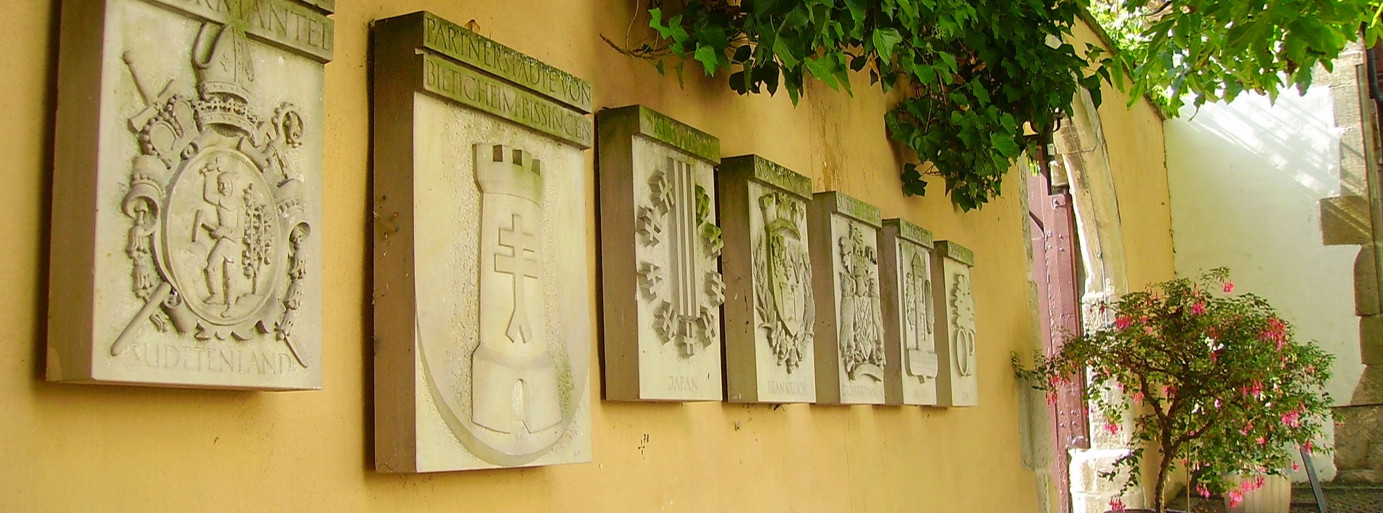With the settlement of German farmers, craftsmen and traders in the Bohemian-Moravian area, the later Sudetenland was shaped as early as the 12th century. Zuckmantel was founded in the 13th century as a gold digger settlement under the name Edelstadt, named after Edelstein Castle, which protected the mines.
Zuckmantel belonged to the Holy Roman Empire of German Nation until 1806, to the Austrian Empire until 1815, to the German Confederation from 1815 to 1866 and then to Austria-Hungary until 1918. With the collapse of the Austro-Hungarian monarchy, the city became part of the new Republic of Czechoslovakia, like the rest of "Sudeten Silesia".
After a brief affiliation to the German Reich from 1938, which ended with World War II, the Sudeten Germans had to look for a new homeland - many of them found it in Baden-Württemberg. To make it easier for them to integrate and to foster the memory of their old homeland, many German cities took on sponsorships for the formerly Sudeten German communities. This is how Bietigheim-Bissingen's sponsorship with the former judicial district of Zuckmantel came about.
For centuries, Zuckmantel lived primarily from mining; on the Althackelsberg, today's Querberg, one can still see the traces of the miners who mined gold, silver, lead and iron. With the decline in mining, the textile industry with silk and linen weaving flourished in the middle of the 18th century. The granite and marble deposits in the area were also mined.
Here in Bietigheim-Bissingen one can visit the Zuckmantler Heimatstube after prior registration at the Stadtmuseum Hornmoldhaus (www.stadtmuseum.bietigheim-bissingen.de or at 07142/ 74-362) in Schieringer Straße 20. The collection, which arose from donations and acquisitions, has a considerable stock of images (paintings and graphics), some of which are shown from a documentary perspective (views of landscapes, locations, buildings before 1945, traditional costumes), and some of which are summarized according to genre or artist personalities. The most valuable pieces include a wedding dress from 1870 and an original manuscript about gold finds in the 18th century. The inventory also includes evidence of customs and club life.










